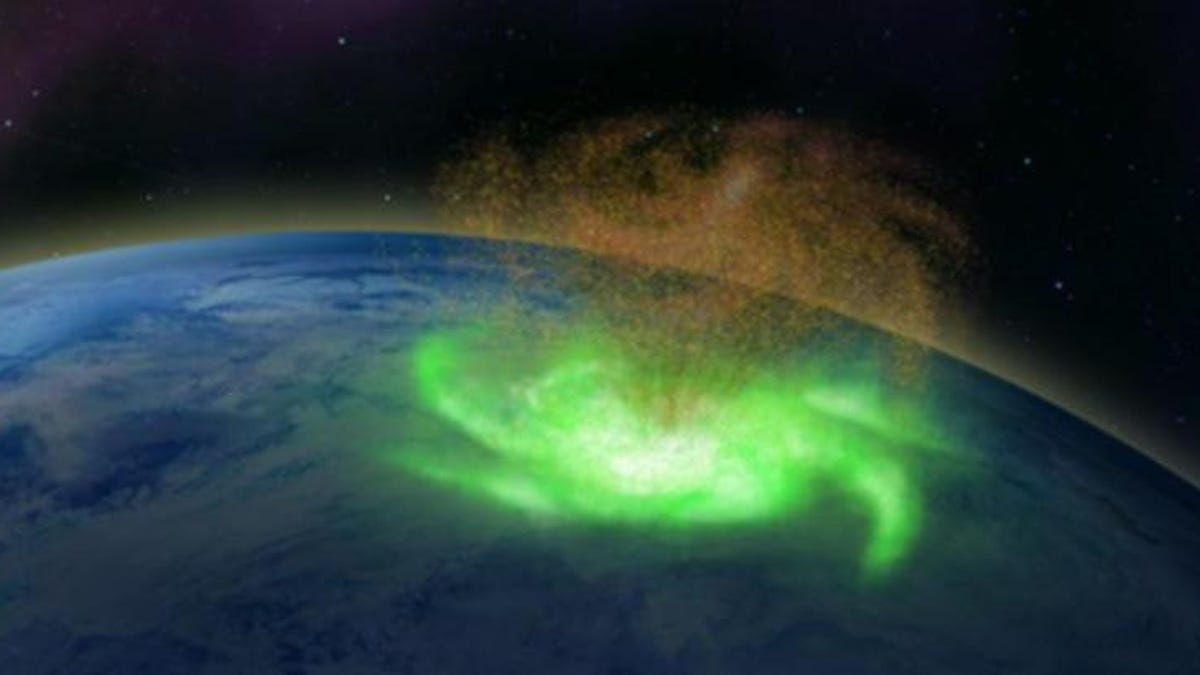Scientists observe a wild space hurricane above Earth for the first time
Instead of raining water, the plasma hurricane unleashed electrons, researchers say.
Somebody call the SyFy channel. We're going to need a whole series of Spacenado movies. This week, a team of researchers unveiled the results of a study that highlights the first ever observation of a space hurricane in our planet's upper atmosphere. Unlike the infamous cyclones that wreak havoc closer to Earth's surface, the space hurricane was made up of swirling plasma and "rained" electrons.
"Until now, it was uncertain that space plasma hurricanes even existed, so to prove this with such a striking observation is incredible," University of Reading space scientist Mike Lockwood said in a statement Monday. Lockwood is co-author of a paper on the phenomenon published in the journal Nature Communications in late February.
Scientists discovered the event after reanalyzing data collected by satellites in August 2014. Researchers at Shandong University in China led the team that made the discovery. The data showed a 620-mile-wide (1,000-kilometer) plasma mass swirling above the North Pole. It had spiral arms and lasted for nearly eight hours.
Plasma is a hot area of study. NASA, which has investigated plasma space tornadoes, describes space plasma as "charged particles, like electrons and ions." These particles shoot through space and can cause issues for satellites and astronauts. The space agency was also behind a 2019 paper on "plasma tsunamis" on the sun.
Lockwood pointed to an "unusually large and rapid transfer of solar wind energy and charged particles into the Earth's upper atmosphere" as what fed the space hurricane. The existence of at least one known space hurricane under these circumstances suggests they might be common in the atmospheres of other planets.
Understanding Earth's very own space hurricane could help scientists gain a deeper understanding of space weather and how it can impact systems we rely on, like GPS. As a bonus, it just sounds cool to say "space hurricane."
Follow CNET's 2021 Space Calendar to stay up to date with all the latest space news this year. You can even add it to your own Google Calendar.


